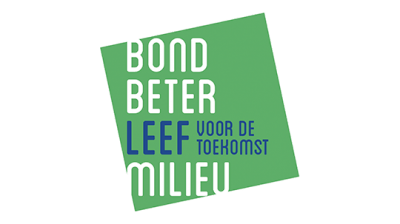Colruyt Group Technics (T&I)
Optimize high-quality recycling process of aerated concrete through chain cooperation in a case study involving +600 tons of aerated concrete released
Aerated concrete is one of the bottlenecks in recycling demolition waste. Aerated concrete rubble often contains too many impurities. As a result, there is a high processing cost. In addition, the applications of recycled aerated concrete are also limited and today it can only be processed into low-grade products. After all, recycled aerated concrete does not look very nice.
Since aerated concrete is a very frequently used building material, it is important that a solution is sought to keep it in the value chain for a longer period and of higher quality. Colruyt Group, together with its project partners Xella (producer), Chap-yt (processor) and VITO (research bureau) are working together on this.
In order to increase the percentage of recycled granulate in new aerated concrete, there must first of all be a purer waste flow. Next year, Colruyt Group and its project partners will examine very precisely how this can be obtained. After all, in 2022, a supermarket of the group in Deinze will be demolished, containing more than 600 tons of aerated concrete. Ideal to find out what is possible! After selective demolition, the aerated concrete will be divided and transported to the project partners Xella and Chap-yt for further research and processing.
By sitting down with the entire chain (from producer to end-user), the project partners will be able to map out all the system bottlenecks in the recycling process. The team hopes to obtain a clear view of the technical possibilities and limitations in increasing the percentage of recycled aerated concrete granulate in aerated concrete. In doing so, it aims to increase the outlet market for aerated concrete rubble, which could lower the processing price of the waste material, reduce the waste mountain, and the demand for primary materials as well.
You can find more information about Colruyt Group's circular efforts at www.colruytgroup.com/wps/portal/cg/nl/home/verhalen/duurzaam-bouwen/duurzaam-bouwen.
Colruyt Group Technics (T&I)
Partners Xella, Chap-yt en VITO
Topics Recycling & Reuse › Selective demolition › Financial › Business Models › Circular materials and building systems ›















